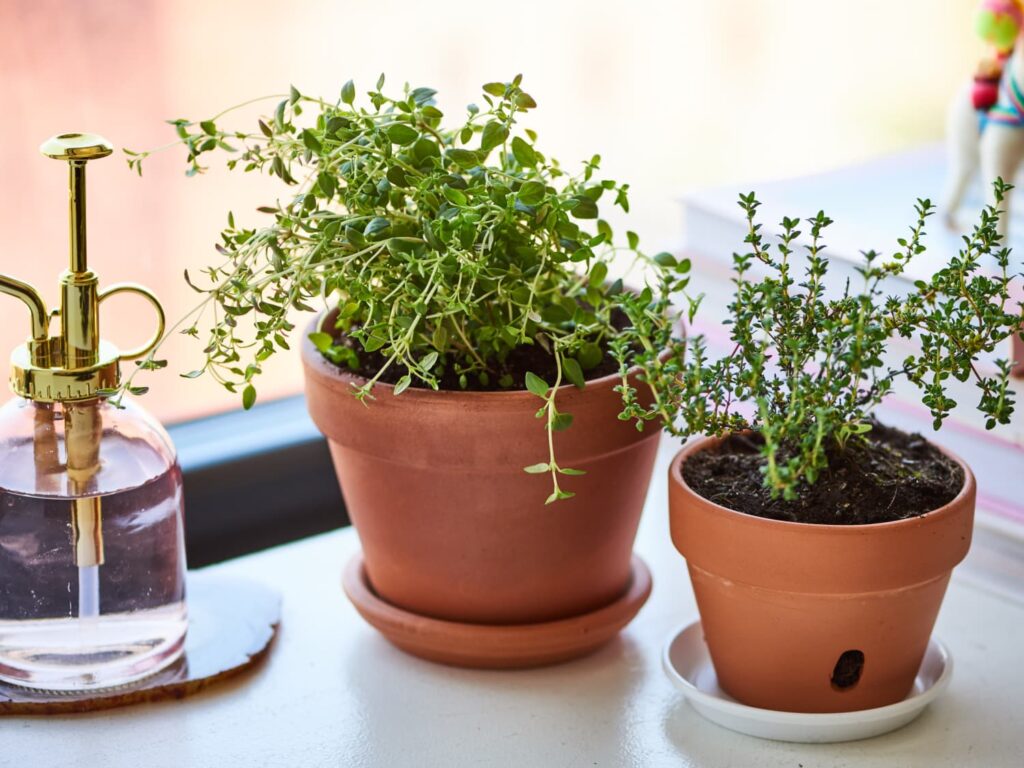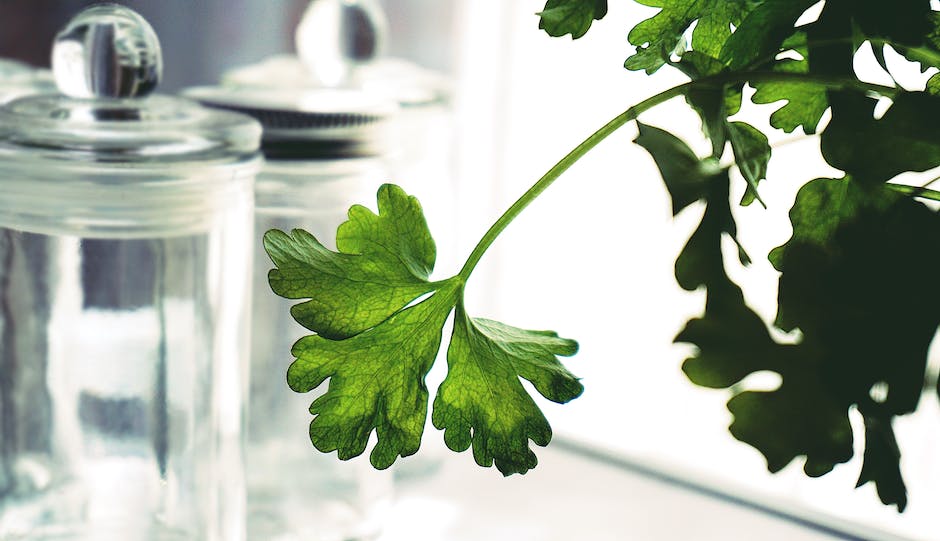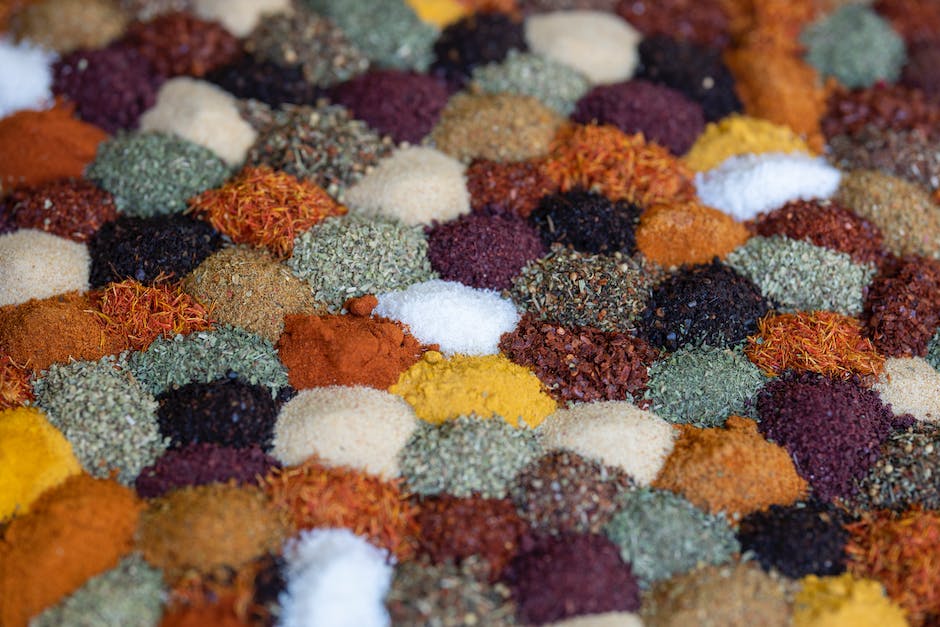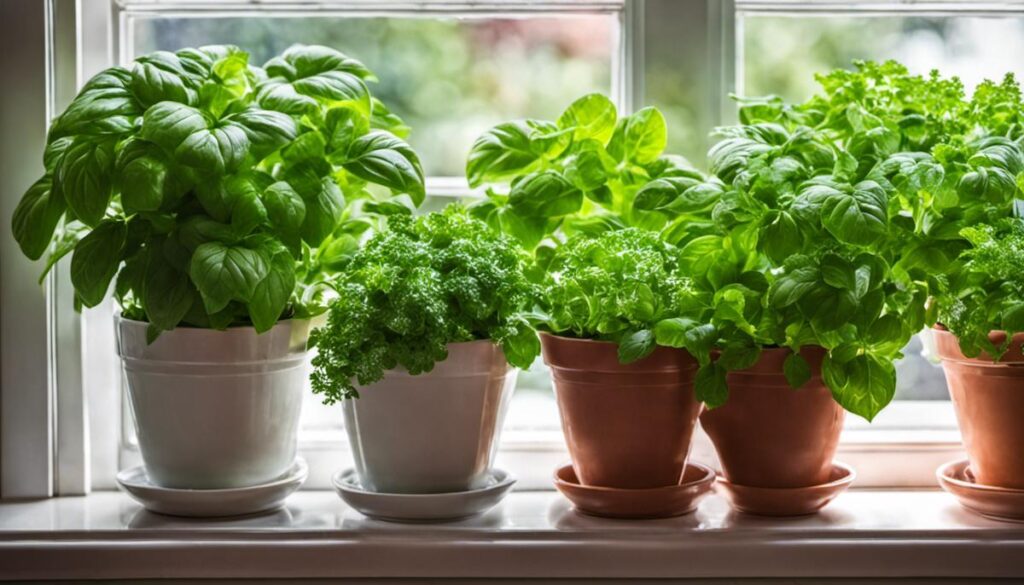With a resurgence in home gardening, embracing the charm of an indoor herb garden has never been more popular. Whether you’re a seasoned gardener or a novice, learning how to grow your culinary favorites right in your own home can be a delightful experience.
This guide aims to empower you with valuable knowledge on how to start your own indoor herb garden – from selecting the right herbs based on their sunlight requirements, watering needs, growth habits, and culinary use; creating an ideal indoor environment with proper pots, soil, temperature, and light exposure; to maintaining your vibrant herb garden through proper daily care routines such as watering, pruning, and fertilizing.
We will further delve into finding solutions to common issues indoor herb growers face from diseases to pests, ensuring that your indoor herb garden remains a vibrant and valuable part of your home.
Choosing the Right Herbs for Your Indoor Garden

Choosing the Right Herbs for Your Indoor Garden
Starting an indoor herb garden can be an exciting venture. Different herbs have different cultivation needs such as sunlight requirements, watering needs, and other factors which determines their suitability for indoor cultivation.
Sunlight Requirements
Most herbs thrive in full sun conditions. This means they need at least six hours of sunlight per day. Herbs such as basil, rosemary, and thyme need a lot of light; therefore, a south-facing window is ideal for these herbs. However, not all herbs require full sunlight. Herbs like mint and parsley can thrive in partial shade. If a suitable natural light source isn’t available, artificial grow lights also work well in ensuring your herbs get their needed light requirement.
Watering Needs
Watering needs differ depending on the type of herb. Most herbs prefer the soil to dry out slightly between watering, but some like mint, prefer consistently moist soil. It’s important to have adequate drainage in your pot or container to prevent root rot. Over-watering can cause the plant’s roots to become water-logged and oxygen-starved. Basil, for example, is sensitive to water stress, so it’s crucial to water it when the topsoil feels dry to prevent wilting.
Suitability for Indoor Cultivation
While many herbs are suitable for indoor growing, some are better suited than others. Basil, chives, oregano, parsley, and thyme are excellent choices for indoor gardens because they maintain a compact growth habit and are widely used in cooking. On the other hand, large herbs such as dill or fennel might not be the best choice as they can grow quite tall and may outgrow a typical indoor pot or indoor space.
Understanding Herb Growth, Their Care, and Their Uses
Various herbs display different growth patterns. Certain herbs like basil and cilantro are defined as annuals, this means they undergo their full life cycle within a single growing season and die off. Alternatively, others such as parsley and dill, are biennials – they live for two years. There are also perennials, including rosemary and thyme, which can survive multiple years with the right care.
The upkeep of herbs requires habitual pruning to encourage bushy growth and occasional removal of flowers – basil is a key example – to prevent the plant from seeding. One of the greatest advantages of maintaining an indoor herb garden is access to fresh herbs to enhance your meals. Chives with their delicate onion-like taste can be added to salads, soups or simply used as garnishing. Likewise, rosemary with its unique flavour can elevate the taste of meats or vegetables and even has health benefits.
House Plant Essentials
Creating the Perfect Indoor Environment for Herbs

The Importance of Choosing Suitable Pots and Soil for Herbs
Picking the right pot is crucial for successful indoor gardening. Herbs generally thrive in pots with efficient drainage to avoid soaking the roots, which could potentially cause root rot. Pots made of clay or breathable materials are ideal as they allow for adequate air circulation, which promotes healthy root growth. Most herbs are also partial to a neutral to slightly acidic pH level. Normal potting soil usually serves these plants well, but overly fertile soil should be avoided as this can lead to overly lengthy growth but with less flavour.
Maintaining Optimal Temperature and Humidity Levels
Indoor herbs prefer a consistent environment. The optimal temperature range for most herbs is between 60 and 70 degrees Fahrenheit. Humidity is another important factor as indoor environments can become quite dry, especially during winter. Placing a tray of water near your garden or misting the plants lightly can help maintain the much-needed moisture. Grouping plants together can also increase humidity.
Ensuring Adequate Light Exposure
Light is possibly the most important aspect of indoor herb gardening. Most varieties require full sunlight for at least six to eight hours a day. Southern and western-facing windows typically provide the brightest light, but if the perfect window isn’t possible, grow lights are a great alternative. But remember, herbs also need some darkness to trigger their resting and recovery phase. Avoid exposure to light sources for 24 hours.
Positioning Plants in the Home
Where in your home you place your herbs can also affect their growth. Different herbs have different light and temperature requirements, so location matters. Herbs like basil, rosemary, and oregano thrive in warm locations receiving plenty of sunlight. On the other hand, herbs like parsley, chives, and mint do well in relatively lower light conditions. Avoid placing plants near drafts or heat sources like stoves or heaters as they can dry out the plants.
Regular Monitoring and Care
Healthy herb gardening requires regular care and attention. Rotate your plants frequently to ensure they get light evenly on all sides. Monitor moisture levels in the soil – while it should never be soggy, it shouldn’t be bone-dry either. Keep a lookout for any signs of stress like yellowing leaves or slow growth; delicate adjustments to light, humidity, or temperature might be needed. Timely pruning promotes branchier growth, leading to more leaves for you to harvest.
Understanding Your Herbs
To ensure the success of your indoor herb garden, it is essential to familiarize yourself with the unique needs of each herb. Some herbs thrive in warm and dry conditions, while others need cooler and damp environments. By researching and understanding the bespoke requirements of each plant, you can tailor your care routine to suit these individual needs. By doing so, your indoor herb garden will not only thrive but become a constantly aromatic and pleasant feature in your home.
Maintaining Your Indoor Herb Garden

Caring for Your Indoor Herb Garden
Maintaining the health of your indoor herb garden requires a vigilant and dedicated approach, similar to an outdoor garden. Good hydration is key to your herbs’ growth, so aim for a balanced watering regimen. Over- or under-watering can harm your plants, leading to issues like root rot or dryness and wilting.
The watering frequency depends on a number of factors, including but not limited to the herb type, the plant and pot sizes, and your home’s internal environment. In general, most herbs benefit from a “soak and dry” strategy – water your plant thoroughly, then hold off until the top inch of the soil has dried before further watering. Be mindful, however, that some herbs may require unique watering rules and always look to their specific guidelines.
Pruning and Fertilizing Your Herb Plants
Pruning helps improve the health and lifespan of your herb plants. Regular pruning promotes bushier growth, prevents legginess, and delays flowering which extends the harvesting period. Snip off the top sets of leaves on your herb plants as they grow, remembering to never remove more than a third of the plant at any one time.
Fertilizing is another important part of maintaining an indoor herb garden. Use a slow-release organic fertilizer or compost to promote the steady growth and development of your plants. Apply a half-strength solution every two weeks during the peak growth stages, usually in spring and summer.
Recognizing and Addressing Common Diseases and Pests
Maintain a keen eye for signs of disease and pests in your indoor herb garden. Yellowing leaves, stunted growth, or a lack of vitality may be signs of disease. Common diseases include root rot, powdery mildew, and damping off.
Pests, like aphids, whiteflies, and spider mites, are other issues you may encounter. These can be identified by checking the undersides of leaves and looking for discoloration, small moving spots, or web formations.
Keep your indoor garden healthy by diagnosing issues early and treating them promptly. Many natural methods, such as neem oil, organic insecticidal soap, or even a strong stream of water, can effectively clear these pests.
Adjusting Light for Indoor Herb Gardens During Seasonal Transitions
Light plays an indispensable role in nurturing the growth of any plant, including indoor herbs. To thrive, most herbs grown indoors require a minimum of 6-8 hours of sunlight each day. This light requirement can be met through a brightly lit window or, alternatively, artificial grow lights when there’s a scarcity of natural sunlight.
With the change of season, the light’s duration and intensity alter. It’s crucial to observe these shifts and reposition your plants or adjust your light sources when necessary. For instance, winter months bring shorter days, which might necessitate the use of a grow light for compensating the deficit of natural sunlight during this period.
Remember, for evenly balanced growth and development, rotate your potted herbs now and then, ensuring they receive equal exposure to light from all directions.
Harvesting and Using Your Indoor Herbs

Understanding Proper Harvesting Techniques for Indoor Herbs
Harvesting your indoor herbs at the right time and in the right way is key to getting the most flavorful leaves. Generally, herbs are most potent just before they flower, as this is when the leaves are filled with the highest concentration of oils, which give herbs their unique flavor and aroma.
The ideal harvesting time varies between different herbs. With basil, for instance, you should harvest when the plant stands about 6 to 8 inches tall, plucking leaves from the top to inspire further growth. Mint, on the other hand, is best harvested before flowering, by pulling the leaves neatly off the stem. By harvesting continuously, meaning, plucking a few leaves or stems routinely, you encourage persistent growth and have a steady supply of fresh herbs for your culinary indulgence.
Handling and Storing Freshly Harvested Herbs
Once you have harvested the herbs, use them immediately for cooking, or preserve their freshness by storing them properly. For short term storage, most herbs can be simply wrapped in a damp paper towel, placed in a plastic bag, and stored in the refrigerator. They should last for a few days.
For longer preservation, you can either dry or freeze your herbs. Drying is a good option for herbs like oregano, rosemary, and thyme, and can be done by tying the stems together and hanging them in a warm, dry place. Meanwhile, freezing herbs such as basil, dill, and mint is the best way to retain their fresh flavor. Simply chop the herbs, place them in an ice cube tray with olive oil or water, and freeze them. Once frozen, the cubes can be stored in a freezer bag for future use.
Using Harvested Indoor Herbs in Cooking, Making Teas, and for Medicinal Uses
Freshly harvested indoor herbs can be used in a variety of ways: adding flavor to dishes, brewing calming teas, or even for medicinal uses. For culinary purposes, different herbs can be used in a variety of dishes. Basil pairs well with tomatoes and can be used in pasta dishes, while mint is often used in drinks and desserts. Oregano, parsley, and thyme can be used in a range of savory dishes including soups, stews, and sauces.
For tea enthusiasts, mint, chamomile, and lavender can be used to create refreshing homemade beverages. Mint tea is known for its soothing properties, chamomile can help induce sleep, and lavender tea may reduce anxiety.
As for medicinal uses, many indoor herbs have known health benefits. Chamomile has been used for treating anxiety and insomnia, whereas peppermint is known for aiding digestion. Rosemary, on the other hand, might improve concentration and memory.
In conclusion
Having an indoor herb garden not only provides the satisfaction of growing your own food but also gives you access to fresh, flavorful ingredients that can be used in your kitchen or for your well-being. With proper knowledge on harvesting, storage, and usage, you can make the most out of your indoor herbs.

A successful indoor herb garden not only adds a touch of nature to your home but also enhances your culinary creations with fresh, homegrown herbs. By understanding how to harvest your herbs at the right time, and how to store them for long-lasting freshness, you’ll be able to maximize their flavor and uses. Beyond the pleasure of cooking with fresh herbs, this guide also hopes to inspire you to discover the joy and satisfaction of caring for your indoor herb garden through the changing seasons. The skills and knowledge you’ve gleaned about growing herbs indoors will allow you to enjoy the freshest possible ingredients in your cooking, herbal teas, or medicinal preparations, right from the comfort of your own home. With these tips and guidance, your indoor herb garden can thrive, providing a continual bounty for your family’s needs throughout the year.
